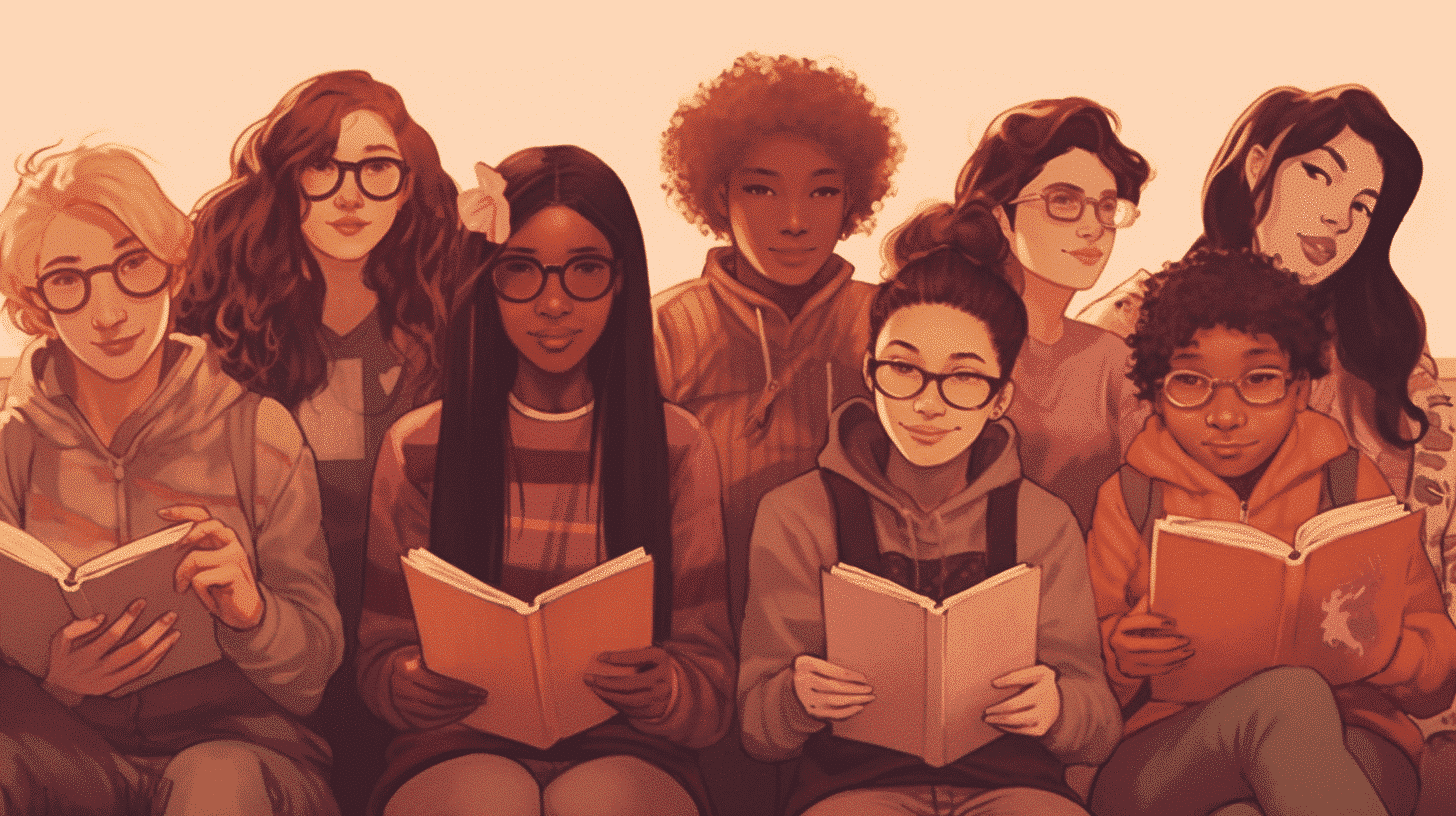Exercise 1: Fill in the Blanks with the Correct Auxiliary Verb
Io *sono* (be) italiano.
Maria *ha* (have) comprato un libro.
Noi *siamo* (be) stati in vacanza.
Lei *ha* (have) mangiato una pizza.
Essi *sono* (be) stati a casa.
Tu *hai* (have) studiato italiano.
Io *sono* (be) stata a Roma.
Gli studenti *hanno* (have) imparato la lezione.
Marco *ha* (have) finito il lavoro.
Le ragazze *sono* (be) andate al cinema.
Io *ho* (have) bevuto un caffè.
Mia madre *è* (be) a casa.
Io e mio fratello *siamo* (be) stati in montagna.
Il cane *ha* (have) mangiato il cibo.
La macchina *è* (be) rotta.
Exercise 2: Choose the Correct Auxiliary Verb for the Given Verb
Io *sono* (be) arrivato in ritardo.
Lei *ha* (have) letto il giornale.
Noi *siamo* (be) partiti stamattina.
Maria *ha* (have) preso il treno.
Il gatto *è* (be) uscito dal giardino.
Tu *hai* (have) telefonato a Paolo.
Io *sono* (be) andato al supermercato.
Lei *ha* (have) cucinato la cena.
Mia sorella *è* (be) entrata in camera.
I bambini *hanno* (have) giocato a calcio.
Io *ho* (have) scritto una lettera.
La festa *è* (be) stata divertente.
Mario e Luigi *sono* (be) tornati a casa.
Il professore *ha* (have) spiegato la lezione.
La torta *è* (be) stata buonissima.










